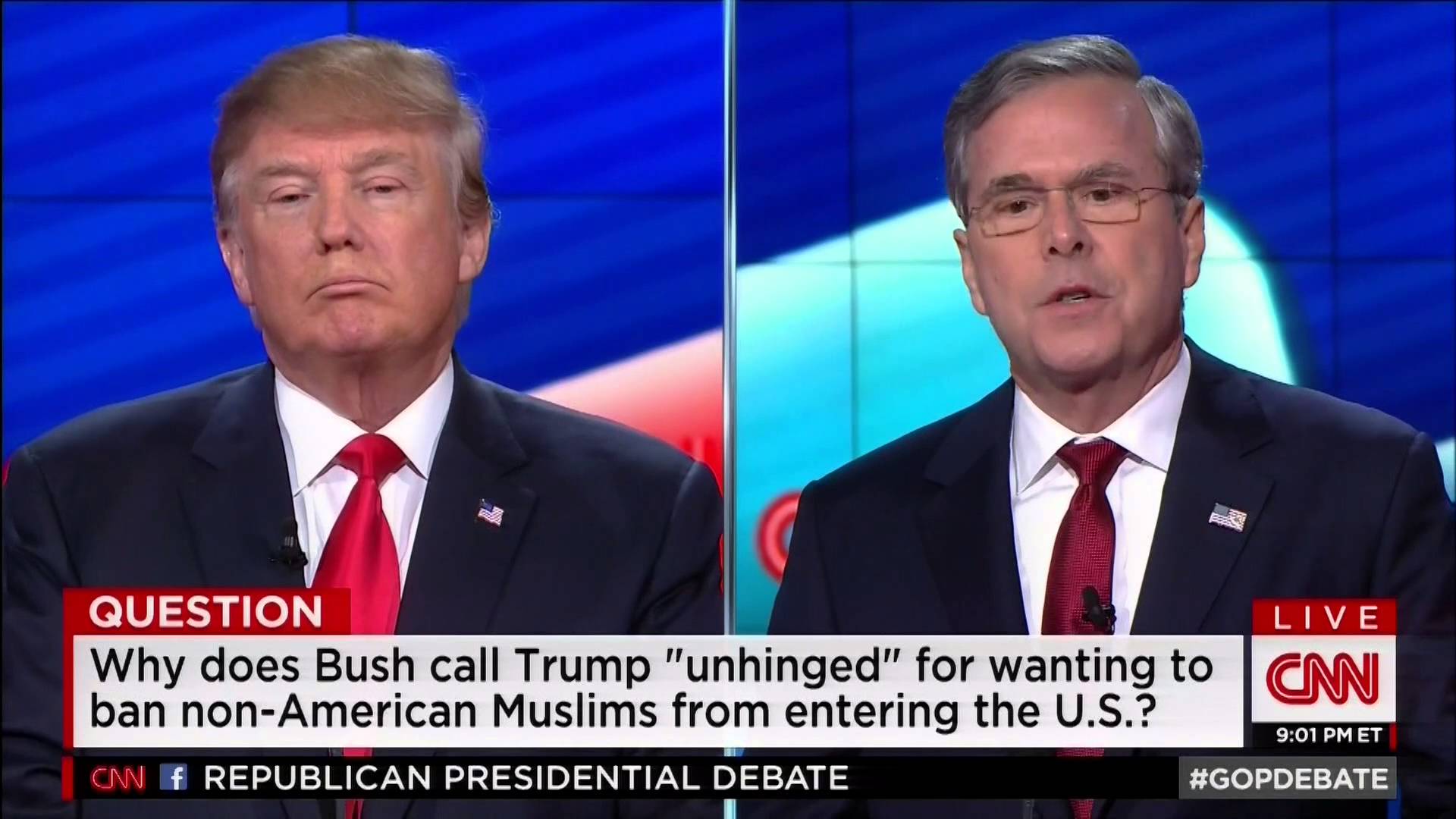
Is Trump’s “Spiral into Chaos” a Deliberate Strategy?
The political landscape often feels like a whirlwind, and Donald Trump’s presence has undeniably amplified that sense of turbulence. His pronouncements, policy shifts, and public interactions frequently generate widespread debate, confusion, and strong reactions. But beneath the surface of what might appear as unscripted eruptions, a critical question lingers for many: is this perceived “spiral into chaos” a deliberate, calculated strategy?
Many observers suggest that Trump’s approach, while unconventional, is anything but accidental. Instead, it’s argued to be a finely tuned instrument for achieving specific political objectives. This post will delve into the arguments supporting this perspective, exploring how what looks like disarray might actually be a sophisticated, albeit controversial, playbook.
The “Flashbang” Effect: Provocation and Polarization
One of the most frequently cited elements of Trump’s communication style is its provocative nature. Think of it as a political “flashbang”—designed to momentarily blind and disorient, creating an opening for a desired narrative. As some analysts have noted, Trump’s words often act as “deliberate flashbangs meant to provoke, polarize, and position.”
- Capturing Attention: In a saturated media environment, inflammatory or unconventional statements are guaranteed to grab headlines and dominate the news cycle. This ensures Trump remains at the forefront of public consciousness.
- Energizing the Base: Polarization isn’t always negative from a strategic standpoint. For a dedicated base, divisive rhetoric can serve to reinforce loyalty and galvanize support, creating a committed bloc of voters.
- Shifting the Narrative: By constantly introducing new controversies or distractions, Trump can effectively steer the conversation away from less favorable topics, forcing opponents to react to his agenda rather than advance their own.
The “Monarchical” Approach: Imposing Will Through Coercion
Another facet of this potential strategy involves an assertive, almost dictatorial, approach to governance and foreign policy. Rather than treating sovereign nations as equal partners, a “paternalistic, almost monarchical approach” has been observed, attempting to “impose his will through coercion and intimidation.”
This can manifest in:
- Trade Wars and Tariffs: Imposing tariffs or threatening trade disputes can be seen as leverage to force concessions from other countries.
- Demands and Ultimatums: In international relations, issuing non-negotiable demands can create a perception of strength and willingness to walk away, potentially leading to more favorable outcomes from his perspective.
- Domestic Policy Enforcement: Even in domestic matters, such as immigration, a “deliberate cruelty” in the implementation of policies, like routine arrests of migrants attending court dates, suggests a focus on projecting an image of uncompromising enforcement.
Muddying the Waters: The Strategy of Confusion
In politics, clarity is often valued, but for Trump, confusion can be a powerful tool. The goal might be to make it difficult for the public, and even political allies, to discern a clear strategy, thereby protecting him from direct criticism or accountability.
- Obfuscation: Statements that are intentionally vague or contradictory can make it challenging for opponents to formulate effective responses.
- Inoculating the Base: As seen with remarks from some Republican leadership, the aim might be to “confuse and inoculate the Republican base—to muddy the waters.” This makes it harder for ordinary people, acting in good faith, to question the narrative presented to them.
- Creating Plausible Deniability: When actions or statements are ambiguous, it allows for easier disavowal or reinterpretation if they prove politically damaging.
The “Trump Rule”: Challenging Institutions
Trump’s approach has also involved a direct challenge to established institutions, including the media and legal frameworks. The concept of a “Trump Rule,” demanding unedited transcripts for presidential interviews, exemplifies a desire to control the narrative and bypass traditional journalistic scrutiny.
This strategy involves:
- Discrediting Opponents: By attacking the credibility of institutions that might hold him accountable, such as the judiciary or news organizations, he aims to weaken their influence.
- Asserting Personal Authority: Declaring oneself “King” or asserting absolute authority, even if hyperbolic, can be interpreted as an attempt to bypass established checks and balances.
- Creating Alternative Realities: The goal might be to foster an environment where his supporters trust his pronouncements over information from traditional sources, creating a loyal echo chamber.
The European Pledge: A Symbolic Victory?
Even international dealings can be viewed through this strategic lens. For instance, Europe’s substantial energy pledge could be interpreted not as a straightforward agreement, but as a diplomatic tactic designed to “give Trump a symbolic victory while planning delays.” This allows European nations to appear accommodating while managing the practicalities of long-term agreements contingent on future political realities.
Conclusion: Chaos as a Calculated Tool
The evidence suggests that much of what appears as chaotic in Donald Trump’s political career may, in fact, be a series of deliberate strategies. From provoking strong reactions and polarizing the electorate to imposing his will through assertive tactics and deliberately confusing the narrative, each element serves to advance his political goals.
For voters and observers, understanding this potential underlying strategy is crucial. It moves beyond simply reacting to the immediate “noise” and allows for a more nuanced analysis of his actions and their intended consequences. Recognizing chaos as a potential tool can help you navigate the complexities of modern political discourse and make more informed judgments about the motivations and objectives at play. It challenges us to look beyond the surface and question whether the storm is truly random or a skillfully orchestrated, albeit unpredictable, force.

Additional Information
Is Trump’s “Spiral into Chaos” a Deliberate Strategy?
The political career of Donald Trump has been characterized by a unique and often bewildering style of communication and governance. While some observers dismiss his pronouncements and actions as erratic or even unhinged, a growing body of analysis suggests that what appears to be a “spiral into chaos” might, in fact, be a calculated and deliberate strategy. This perspective posits that Trump, far from being out of control, is intentionally cultivating an environment of disruption and unpredictability to achieve specific political objectives.
Provocation, Polarization, and Positioning: The “Flashbang” Strategy
One of the most compelling arguments for a deliberate strategy lies in the nature of Trump’s controversial statements and actions. As noted in the analysis of Elon Musk’s communication style, Trump’s words, even those considered “wild,” are described as “deliberate flashbangs meant to provoke, polarize, and position.” This suggests a tactical approach where each outburst serves a purpose:
- Provocation: Trump’s inflammatory rhetoric is designed to elicit strong emotional reactions from both supporters and opponents. This constant engagement keeps him in the news cycle and maintains a high level of public attention, regardless of the substance of the issue.
- Polarization: By taking extreme stances and using divisive language, Trump reinforces the loyalty of his base while simultaneously alienating opponents. This deepening of partisan divides can serve to consolidate support within his core demographic, making them less susceptible to opposing arguments.
- Positioning: The chaos generated by his pronouncements can create opportunities for Trump to redefine the narrative or shift the focus of debate. By making outlandish claims or attacking established norms, he forces opponents to react to his agenda, rather than the other way around.
“Kingly” Ambitions and Coercive Diplomacy
The notion of Trump employing a deliberate strategy is further supported by analyses of his foreign policy and his self-perception. His approach to international relations, particularly with neighboring countries like Mexico, is described as “paternalistic, almost monarchical,” seeking to “impose his will through coercion and intimidation.” This suggests a top-down, authoritative style where negotiation is secondary to demanding compliance.
Furthermore, the observation that he is increasingly compared to historical figures like King George III, and has even declared himself “King,” hints at an underlying belief in his own absolute authority and a willingness to operate outside conventional democratic norms. This “monarchical” tendency could manifest as a deliberate strategy to bypass established processes and institutions, relying instead on personal will and the threat of consequences.
Muddying the Waters and Inoculating the Base
The concept of deliberate strategy is also evident in how Trump’s allies and supporters manage public perception. Remarks defending Trump are seen as serving a “dual function strategy: first, to protect Trump ahead of a volatile midterm election cycle; and second, to confuse and inoculate the Republican base — to muddy the waters just enough so that ordinary people… are made to question whether there’s [a clear truth].”
This strategy involves:
- Deflection and Distraction: When faced with damaging information or criticism, the focus is shifted to other, often unrelated, issues or to attacking the credibility of accusers.
- Gaslighting: By consistently denying facts or presenting alternative realities, the aim is to erode public trust in objective information and create an environment where Trump’s narrative prevails.
- “Inoculation” of the Base: This involves preemptively undermining any criticism or evidence that might sway supporters, making them resistant to outside influence and ensuring their continued loyalty.
The “Trump Rule” and Media Manipulation
Trump’s engagement with the media also suggests a deliberate approach to controlling the narrative. The concept of the “Trump Rule,” demanding unedited transcripts for presidential interviews, signifies a desire for absolute control over how his words are presented to the public. This move, framed as a victory against “media manipulation,” highlights a strategy to bypass editorial gatekeepers and directly influence public perception. By smashing established media practices, he aims to create a more favorable information ecosystem for himself.
“Deliberate Cruelty” in Policy Implementation
Beyond rhetoric, even Trump’s policy decisions can be viewed through the lens of deliberate strategy, particularly when characterized as “deliberate cruelty.” The example of migrants facing arrest by ICE even when attending court dates points to a policy designed not just for enforcement but for creating a climate of fear and deterring immigration through harsh and uncompromising measures. This suggests a strategic intent to maximize hardship as a deterrent, rather than simply administering a legal process.
Europe’s Strategic Response
The European Union’s approach to a hypothetical energy pledge to Trump, described as “pure political theater” and a “diplomatic tactic” to give him a “symbolic victory while planning delays until he leaves office,” further illustrates the idea that many actors are responding to Trump by anticipating and strategically navigating his disruptive tendencies. This implies that even those seeking to appease or counter him recognize a deliberate pattern in his behavior.
Conclusion:
While the perception of Donald Trump’s actions often leans towards the chaotic, a deeper analysis suggests a consistent and deliberate strategy at play. From the “flashbang” communication style aimed at provocation and polarization, to the “monarchical” approach to foreign policy, and the calculated efforts to control information and inoculate his base, these seemingly disparate elements coalesce into a cohesive approach. This strategy is designed to maintain constant attention, consolidate a loyal following, and achieve political objectives through disruption and the challenging of established norms. Understanding this as a deliberate strategy, rather than mere unpredictability, is crucial for comprehending his political impact and predicting future actions.






Leave a Reply